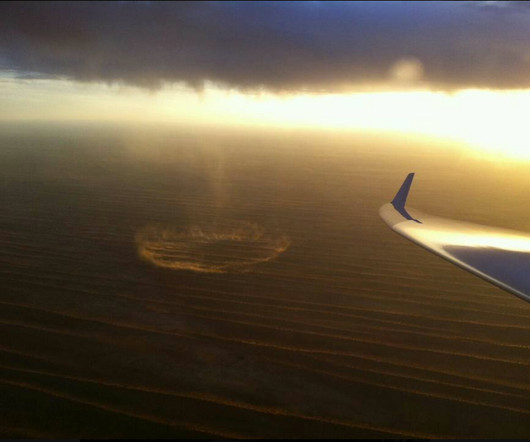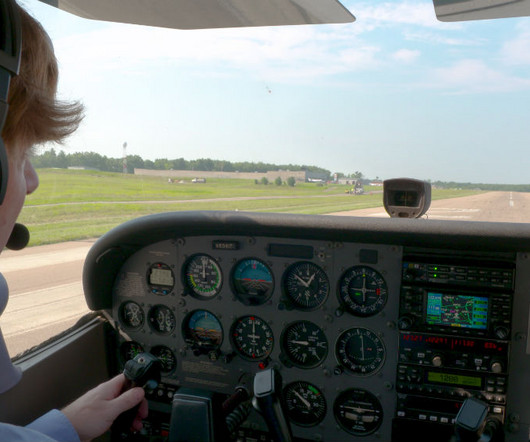What Is Ground Effect?
Pilot Institute
OCTOBER 2, 2024
Your wings don’t create as much drag as they would at higher altitudes, which gives you extra lift. Key Takeaways Ground effect increases an aircraft’s lift and decreases drag. Secondly, drag decreases due to the ground disturbing the wingtip vortices, causing induced drag. It’s not magic—it’s ground effect.












Let's personalize your content